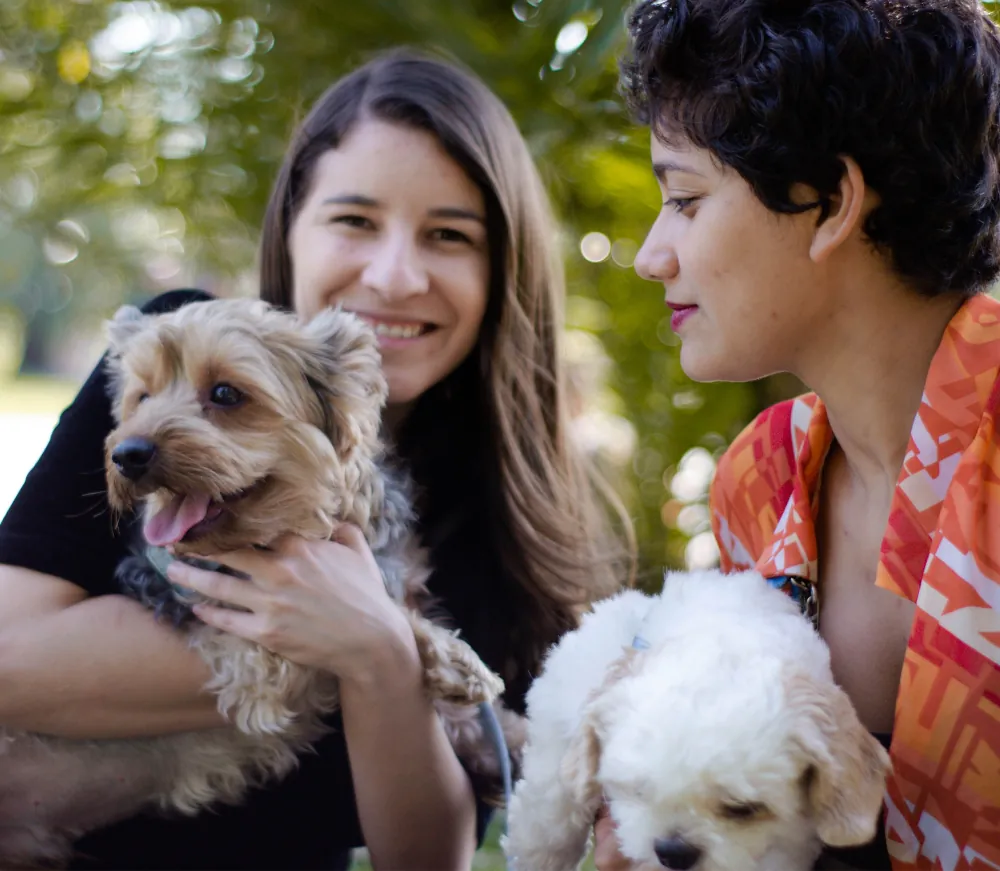Dog Language Understanding : A Beginner’s Guide

Dogs are amazing creatures that communicate with each other and with humans through various means. Understanding their language is essential for building a strong bond with your furry friend. Here’s a simple guide to decoding dog language.
1. **Body Language:**
Dogs communicate a lot through their body movements. Here are some common signals:
– **Tail Wagging:** Contrary to popular belief, a wagging tail doesn’t always mean a dog is happy. The speed and direction of the wag, along with other body cues, can convey different emotions like excitement, nervousness, or aggression.
– **Ears:** Erect ears usually indicate alertness, while flattened ears can signal fear or submission.
– **Posture:** A relaxed, loose posture indicates a calm and friendly demeanor, while stiffening up may suggest tension or aggression.
2. **Vocalizations:**
Dogs use various sounds to communicate their needs and emotions:
– **Barking:** Dogs bark for many reasons, including excitement, anxiety, boredom, or as a warning signal. Pay attention to the pitch, frequency, and intensity of the bark to understand its context.
– **Whining:** Whining can signal distress, discomfort, or a desire for attention. It’s essential to assess the situation to address your dog’s needs properly.
– **Growling:** Growling is a warning sign that a dog may feel threatened or defensive. Respect your dog’s boundaries when you hear this sound.
3. **Facial Expressions:**
Dogs have expressive faces that convey a range of emotions:
– **Eye Contact:** Direct eye contact can be perceived as a challenge or a sign of trust, depending on the context and the individual dog’s personality.
– **Mouth and Lips:** A relaxed mouth with slightly open lips indicates a calm demeanor. Snarling or baring teeth, on the other hand, suggests aggression or fear.
4. **Smell and Scent Marking:**
Dogs have a highly developed sense of smell and use it to gather information and communicate with other dogs:
– **Scent Marking:** Dogs mark their territory with urine to communicate their presence to other dogs. This behavior is especially common in male dogs but can be observed in females as well.
– **Sniffing:** Dogs greet each other by sniffing noses or behinds, gathering important information about the other dog’s identity, health, and emotional state.
5. **Social Signals:**
Dogs are social animals that thrive on interaction with humans and other dogs:
– **Play Bow:** When a dog lowers its front end while keeping its rear end raised, it’s an invitation to play. This gesture is often accompanied by bouncy movements and a wagging tail.
– **Yawning:** Dogs may yawn in situations where they feel stressed or uncomfortable, similar to humans.
Understanding dog language is a lifelong journey that requires patience, observation, and empathy. By paying attention to your dog’s body language, vocalizations, facial expressions, and social signals, you can deepen your bond and ensure a harmonious relationship with your canine companion.
